Asking for a haircut is literally getting what you want, only with uncertainty. Options vary to their infinitesimal detail. More so, the styles evolve very rapidly.
The inability to channel out enough confidence in professionally demanding and asking for a haircut (including its style and customization) will lead you to nowhere. Asking for a hairdo is a truly mundane effort. Yet, not everyone comes out of the barbershop satisfied. But, not many customers connect well with barbers or vice versa. Not all customers or barbers gain the luxury to realize perfect coiffure. In the same way, many barbers feel insecure by their own crafts.
Contents
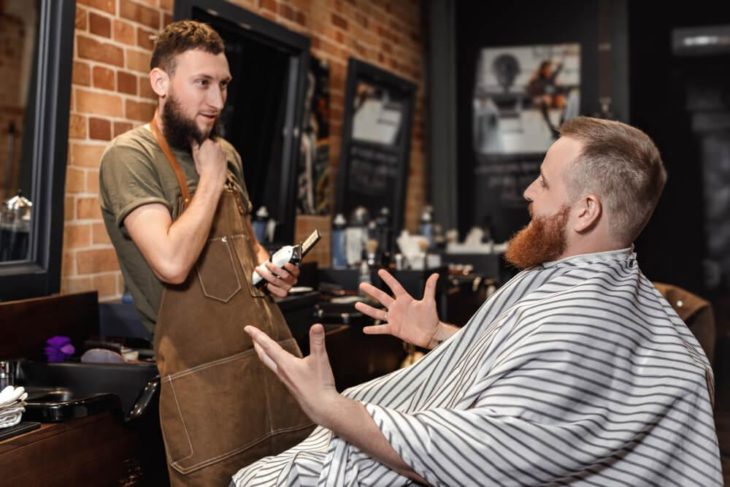
Factors That Lead to Unsatisfactory Results
Several factors are responsible for this. Lack of time. Varying terminologies. Lack of knowledge by either the barber or yourself. Most all—the lack of confidence by either the two of you. But, I’d rather put my attention on you.
The sealing of aesthetics in the haircut business is a truly mutual agreement. A compromise, therefore, seems to take center stage in matters like these. What if I tell you that to compromise is wrong? What if you can actually take charge, demand for 100% satisfaction and actually end up with 100% satisfaction?
Yes, you can. And I’m telling you now. By channeling confidence in properly asking, you’re sure to walk out of the barbershop smiling!
Here are the top 5 tips. Best of luck, mate!
Top 5 Tips on How to Channel Confidence in Properly Asking for a Haircut
Speaking to your barber or stylist, provided that he/she is a certified expert, is speaking their language.
The effort, therefore, should come from you.
Communication works and has truly worked as a key point in the haircut/styling force. The challenge, however, lies in how you express your desired style. This is the same reason why I’m emphasizing you (being the customer) as the main agent of the outcome. The barber/stylist only acts as the medium. By taking charge of it, you can finitely determine or measure the degree of your satisfaction in the end.
However, you’ll surely be having a hard time voicing it out without confidence. Note also that such confidence can only be gained if you are fully sure of what you want.
Are you ready? Now, here we go…
1. Master some famous haircut styles (at least)
Male styles alone vary to an intense degree. Mastering each one of them help you draw a mental map, a reference on where you are changing your pile exactly.
Here are some famous styles you should know:
- Top Knot
This look is achieved by cutting on the sides and the back of your head with a clipper.
Why a clipper? A clipper reveals a closer, smoother trim that is not necessarily short. A clipper also allows an even cut without extreme gaps in between.
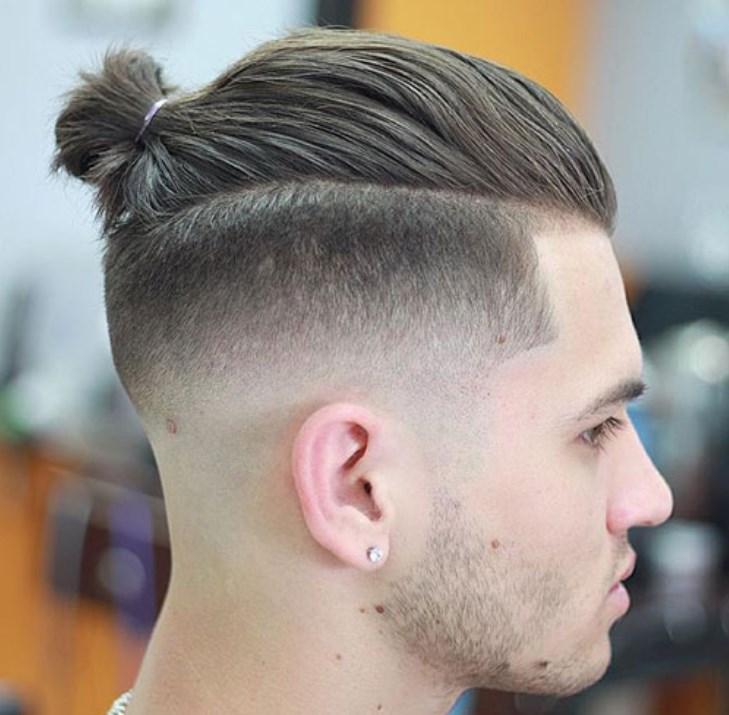
Source: Pinterest
This is a tool that is instrumental for leaving a clump on the top of your head. With a length of 6-12 inches, the top awaits being gathered, combed and clipped, before finally being knotted using a rubber band, or any tie.
- Crew Cut
A very short basic cut, the classic crew cut literally got its name from the standard army crew cut.
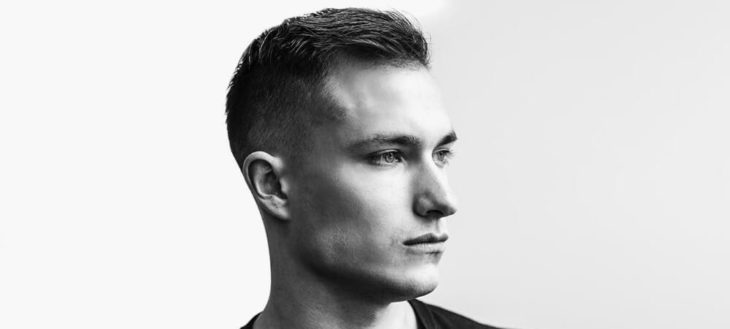
Source: Fashionbean
The cut is many blade numbers short, especially on the top. It resembles a flat top expect that the front line has a fuller look which progresses to the shortest blade number at the back of the crown.
- Harvard Clip/ Ivy League
This look is a longer version of the classic crew cut. It’s doable with channel texture and fades. One major characteristic of this style is a long top that extends with a sided look.
- Hawk Cuts
This latest look actually bears two classic cuts—the extreme Mohawk and the Faux Hawk. The former reveals clean-shaded sides with a strip of very long on top of the head, resembling either the crown of rooster or the head of a hawk.
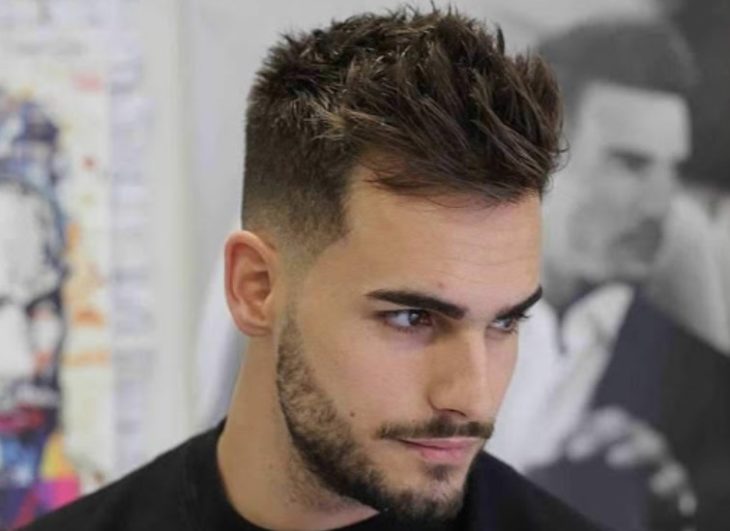
Source: The Ideal Man
The latter, on the other hand, showcases a more lenient touch of the hawk look so that its sides are not so thinly shaded. And, the top has finer transitions all around.
Ultimately, the tip (directly above the topline) slides upwards to a pointed beak.
- Undercut
One of the newly innovated styles, this cut very much resembles the Pompadour. Edgy, strongly angled and by all means, asymmetrical. Its standout characteristics are very sharp angles, distinct lines and clearer transitions.
The look is achieved by cutting/shaving the sides and back of the head to the shortest blade number, then leaving the top untouched.
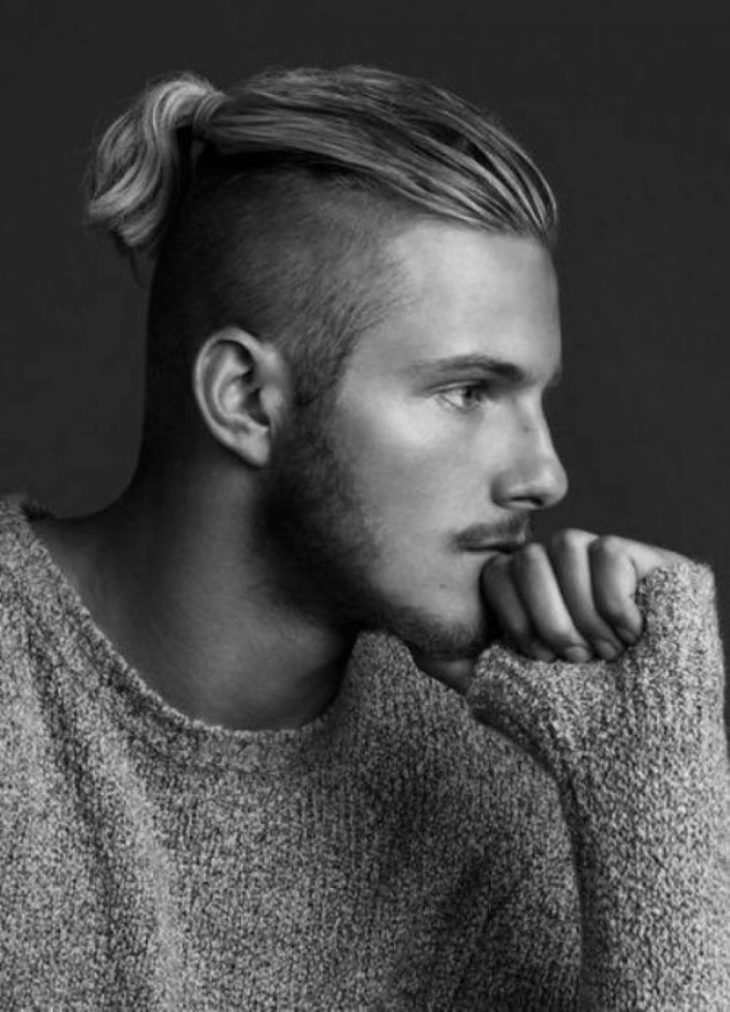
Source: dreams.metroeve.com
- Slicked Back
Such a look may appear easy at a glance, but it’s actually a high-maintenance. Resembling more like a quiff, this look involves applying your hair with slick creams/gels to enable it to rest slicked back.
Others prefer flat slicks, while most would kill for a deeply volumized slicked back.
- Shape Up
This style is done by cutting a thin line across the hairline. Also known as square-cut or the flair, this style resembles a very sleek and sharply clean haircut. Because of its edgy, neat sharps, this style is many dubbed as the most masculine of all.
Another standout characteristic of the style is an almost equal length all over the head.
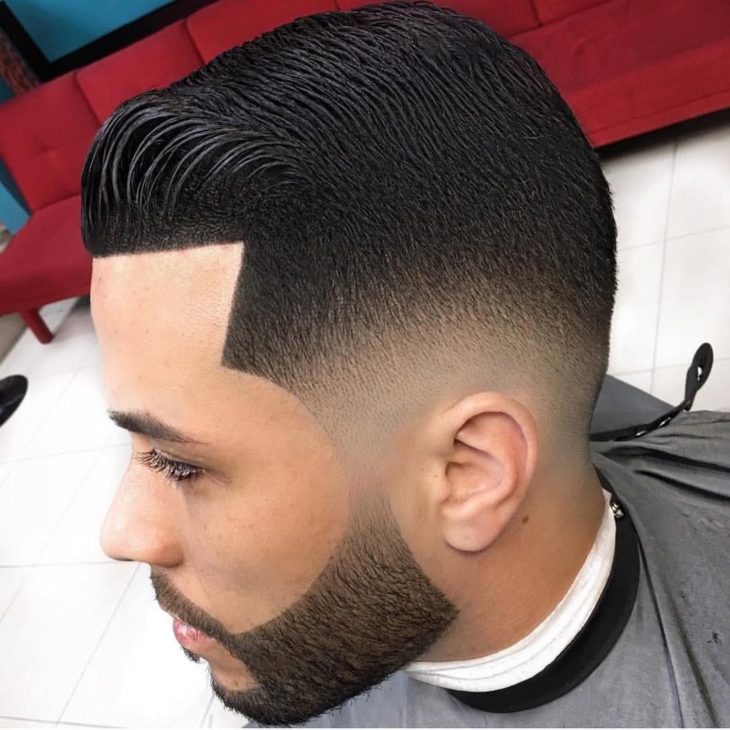
Source: Tutuappapk.me
- High & Tight
This style progresses very much like the hawk cut except, it also gets rid of the top hair. However, it shall clean it off to a length identical with the Harvard Clip. The hair on the sides and back of the head measure up as very extremely short.
Lastly, the coverage of the shave usually begins at the nape of the neck and continues toward the sideburns.
2. Educate yourself with the finishing options
The finishing options include the neckline types—rounded, tapered, blocked and faded, and the sideburns.
3. Know how short or how long you picture your hair
Be specific. The inch measurement standard doesn’t exist for no reason.
However, if you’re not aware of them, consult heartily with your stylist. It’s highly important that you dedicate ample time on this one. Usually, when you point out ‘short’ without specifying it, the barber/stylist would usually leave with a few inches longer as allowance.
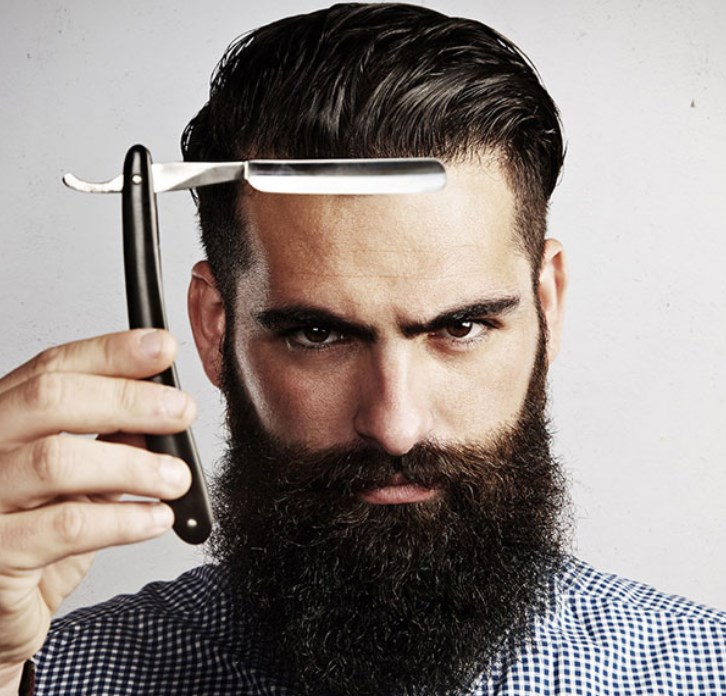
Source: menshairstylestoday.com
4. Always adhere to the standard measurement, not the clipper number system
If you go by the number system per clipper, the chances are that you and the barber will experience major confusion. Keep in mind that the number of references per clipper differs from the other.
There is no one shoe fit for all. So, it would be best that you stick to the standard measurements wherein you and the barber can ultimately agree upon. Make sure that your coiffeur uses the best clippers for fades as is the case with the apricots.com team.
5. Know when you naturally need a cut
Your hair has got a natural inclination. If you are blinded over its potentially beautiful growth, you’ll only end up unsatisfied with whatever style you’re gearing into.
Identify the natural form of your hair. Then, decide—do you really need a haircut or just a stylization.
